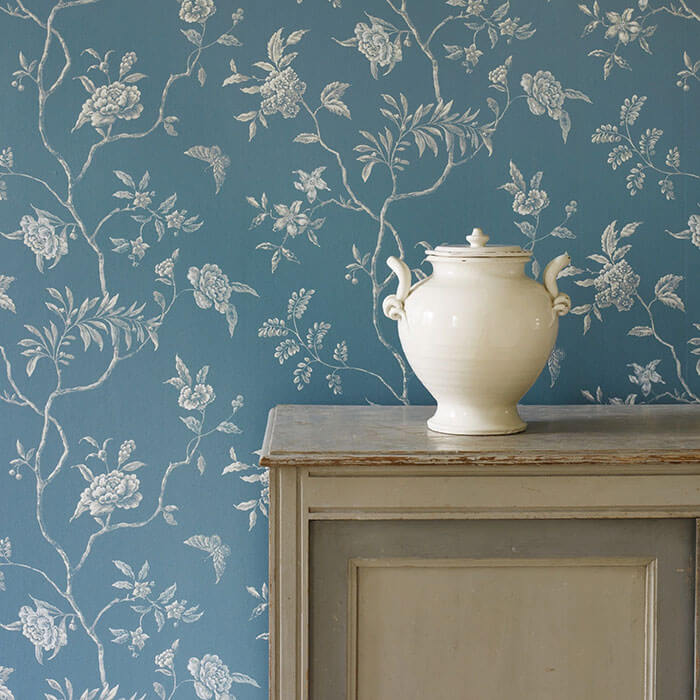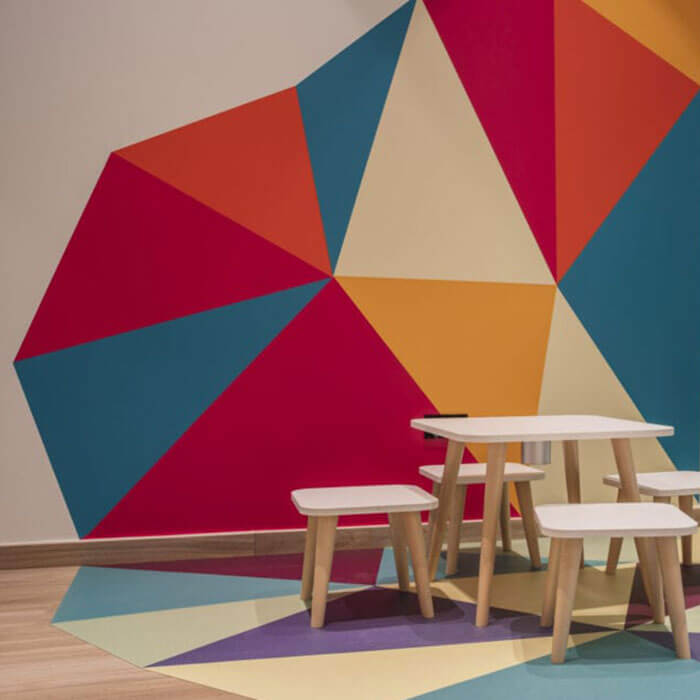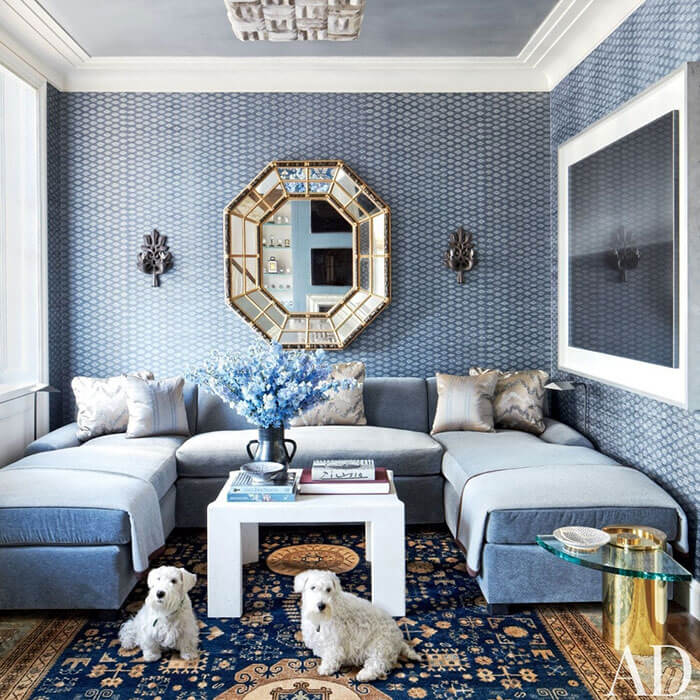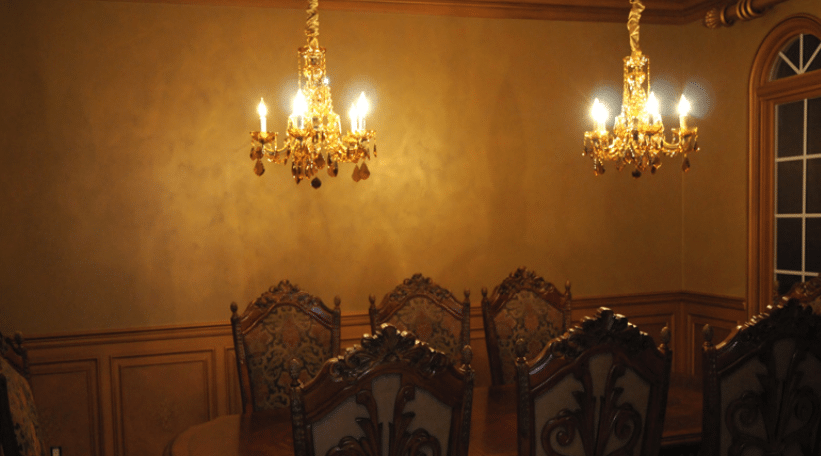After centuries of decorative embellishments spanning cultures around the globe, faux painting is still cool. Consumers who did sponge painting in the 1980s and 1990s have segued into consumers who love Venetian plasters and metallic effects in the 2000s and 2010s.
Here’s a synopsis of several types of faux techniques to transform your walls, ceilings, furniture, and other surfaces.
Color Washing
Use a color wash technique to add vibrancy, depth and visual interest to an otherwise plain wall. To create the technique, you simply apply a thin layer of glaze over your base coat of paint to give the surface a subtle layered effect.
Tip: Practice on sample boards until you are comfortable with your technique and also to make sure your colors work well together.
Crackle Finish
Create this finish by painting a base coat on your surface, letting it dry and then applying the crackle medium (some DIYers even use white school glue). After the crackle medium dries, apply the top coat and watch it crack before your eyes. The result is a beautiful crackled effect perfect for doors, vintage furniture, wainscoting or accessories like vases or lamps.
Tip: Select paint colors that will contrast well with one another. Usually, the darker or brighter color works best for the base, while the lighter color works best for the topcoat.
Ragging/Rag Rolling
This is similar to a sponge effect; however, it is achieved by dabbing a bunched-up rag—dipped in glaze—rather than a sponge against the wall. As a literal twist to the ragging technique, try rag rolling instead. Twist a rag, dip it in glaze and roll it over the wall to create a beautiful mottled effect.
Tip: Instead of rolling on the glaze, try a roll-off technique, where you apply glaze with a paint roller, then use a twisted, damp, clean rag to remove some of the glaze with a rolling effect.
Sponging
Sponging has had a lot of staying power because it is so easy to accomplish. Use a natural sponge to create distinctive impressions on the wall. Choice a base color for your wall. Then sponge on two or three colors consecutively, waiting for each color to dry before applying the next.
Tip: Use your sponge to make a random pattern, turning your hand to create a less discernable pattern.
Verdigris
Verdigris is an aged metal look that DIYers usually use on smaller projects, such as vases, decorative lanterns, light fixtures, picture frames and room dividers.
Tip: Use a verdigris kit for all the products and step-by-step instructions in one place.
Venetian Plaster
Venetian plaster is a highly polished look that gives the illusion of depth and texture to flat surfaces. Depending upon the color, the finish can be soft and subtle or bold and dramatic. Venetian plasters look gorgeous in foyers, great rooms, kitchens, bedrooms and powder rooms.
Tip: Try the product first on a sample board (or even a sheet of drywall). This will allow you to practice your technique and get a feel for the material before tackling the finish on an actual wall.
Wood Graining
Wood graining is a painting technique that is used to create the appearance of wood grain on non-wood surfaces such as metal doors, drywall or other surfaces.
Tip: Use a wood-graining tool to create a realistic wood-grain effect with ease.

 Interior Paints
Interior Paints Exterior Paints
Exterior Paints Primers
Primers Stains & Clears
Stains & Clears
 Paint Brushes
Paint Brushes Paint Roller
Paint Roller Paint Trays & Liners
Paint Trays & Liners Wallpaper
Wallpaper Design Services
Design Services Designer Fabrics
Designer Fabrics